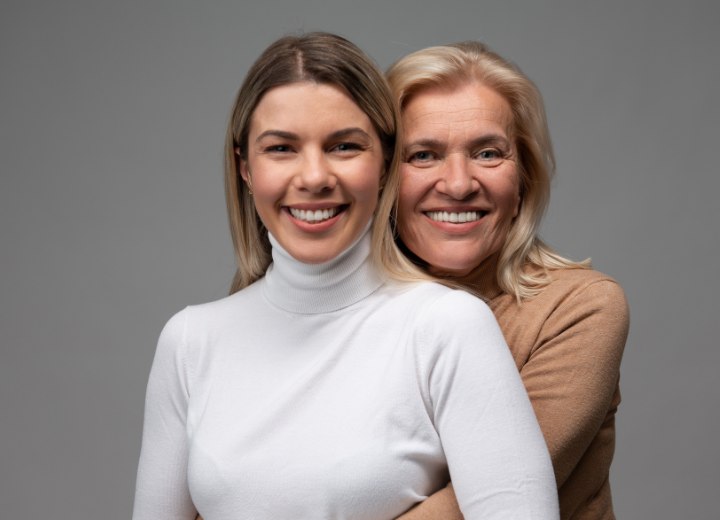Hair Color: It's all in the Genes... Or is it?

Have you ever been happily people-gazing in the park, when you spot a family that you can't take your eyes off? The father has brown hair, the mother has black hair, the son has red hair and the daughter is blonde. You can't help but wonder if the family members are not biologically related.
The color of our hair is a complex liaison of genetic factors, with several genes from both parents involved in determining the exact shade. On average, humans have about 20,000 to 25,000 genes, which are the building blocks of the 46 chromosomes.
Extensive research has been carried out about genetics and the complex way in which we are the products of our parents. However, heredity in terms of hair color has been relatively overlooked, and consequently, a comprehensive link between genetics and hair color has not yet been firmly established. Finding an exact answer to why we have the hair color we do cannot be answered as easily as why some babies are born with certain illnesses or birth defects.
Even though the topic has not yet been fully explored, as is the case with the general field of genetics, we do know a few things that can bring us closer to explaining why one sibling's hair is as fair as champagne, while another has hair as black as ebony.

In simple terms, hair can be separated into dark and light. Dark hair is the most dominant shade and the reason why brown with its innumerable shades, is the most common hair color worldwide, and blonde and lighter shades are a lot less common. This may be the reason why blonde is such a desirable hair color for many people who spend thousands of dollars maintaining fake blond locks.
To be a natural blonde is highly sought-after and in the world of genetics is comparatively atypical. Dark hair comes from a pigment called eumelanin. The more eumelanin found in the hair, the darker it will be, and the less eumelanin present, the lighter it will be.
So what does this have to do with our parents?
The amount of eumelanin in a baby’s hair is determined by genes from both parents. In each gene there are many possible DNA sequences that can come together. Each gene is composed of alleles, also referred to as DNA sequences. Each trait consists of two alleles, one from your mother and one from your father. They may be the same or they may be different.

It is a totally random process which determines which alleles a baby receives and explains why you are highly unlikely to have the exact same shade of hair color as any siblings. It also explains why two parents with brown hair can produce a child with blonde hair, as they both possess recessive blonde alleles in their genes, and it is completely random which ones are passed on in the womb.
And What About Redheads?
Red hair operates slightly differently than the other hair colors. A brown/blonde gene is not the only gene pair present in humans. Another gene exists, a non-red/red pair. The non-red allele is dominant and suppresses the production of pheomelanin, the pigment which colors the hair red, while the red allele is recessive. If a baby receives two red alleles, it will have red hair.
Continue reading ...
